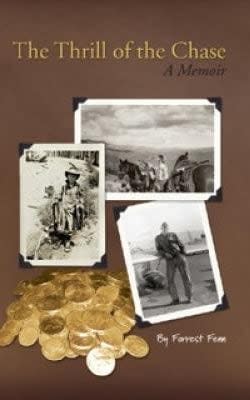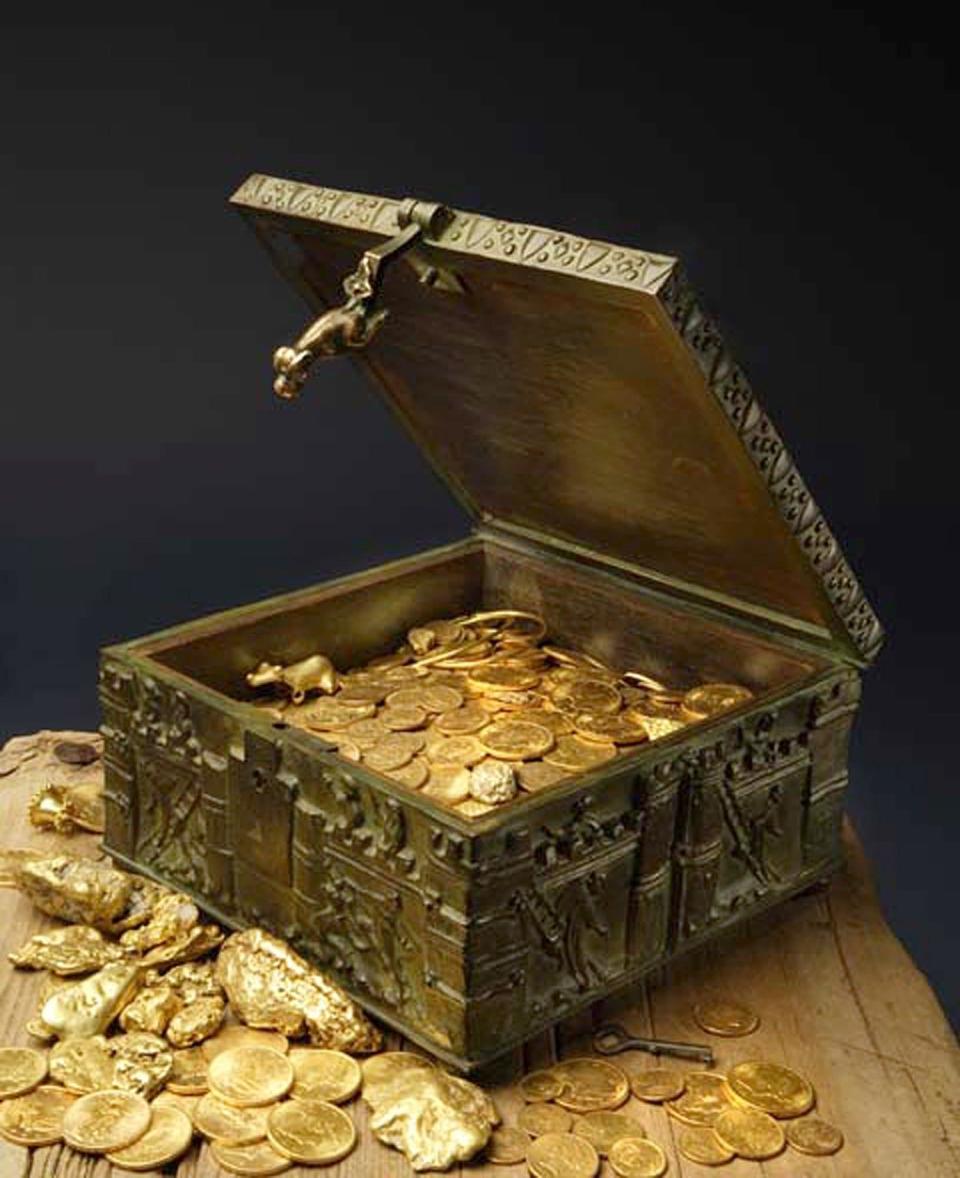Forrest Fenn, eccentric art dealer who claimed to have buried a hoard of treasure – obituary

Forrest Fenn, who has died aged 90, was a decorated Vietnam veteran and millionaire art dealer who claimed to have gone into the Rocky Mountains with a 12th-century bronze chest containing around $2 million (£1.4 million) worth of gold nuggets, ancient artefacts and jewellery, and hidden it.
In 2010 he wrote a self-published memoir, The Thrill of the Chase, which included a poem containing clues to its whereabouts “in a canyon … below the home of Brown” that would send hundreds of thousands of people on a treasure hunt, covering western states from New Mexico to Montana.
The idea of the hunt had come to Fenn in 1988 after he was diagnosed with renal cancer that his doctors thought was terminal. He survived, but decided to pursue the idea anyway, partly to address America’s obesity crisis: “We’re an overweight society – I think not only in this country, but the world,” he explained. “So I wanted to get the kids away from their electronic gadgets … and out into the sunshine, out into the mountains, hiking, fishing, picnicking – anything but the couch. Get out of the game room.”

He wrote in his memoir: “There must be a few Indiana Jones types out there, like me, ready to throw a bedroll in the pickup and start searching.”
Over the next 10 years, at least five people lost their lives trying to find the treasure, as Fenn dropped further hints about its location, saying it was more than eight miles north of Santa Fe and was above an elevation of 5,000 feet.
“I would implore him to stop this nonsense,” a New Mexico state police chief said after a treasure hunter’s body was retrieved from the Rio Grande in 2017.
For some the hunt became an obsession. Books were written offering supposed solutions to the puzzle of the poem; lawsuits were filed by disappointed seekers; there were stories of people resigning their jobs and emptying their bank accounts to join the chase.
But as time went on and the treasure failed to materialise, there were suggestions that it had all been a hoax. The charitable suggested that Fenn was seeking to show people that the treasure was “in their hearts”; the less charitable suggested that he was in cahoots with Rocky Mountain tourist boards.
Doubts were not assuaged when, in early June this year, Fenn told a Santa Fe newspaper that a man from “back East” had recently located the treasure. He wrote on his website: “It was under a canopy of stars in the lush, forested vegetation of the Rocky Mountains and had not moved from the spot where I hid it more than 10 years ago”.

The finder, he claimed, had sent him a photograph, but had asked that his identity, the photograph, and the location of the treasure should not be revealed.
Subsequently, however, Fenn released photographs showing him examining the contents of the chest and the chest itself, looking somewhat the worse for wear, possibly on or near the site where it had been found. A few days later he claimed that the finder had authorised him to disclose that it had been hidden in Wyoming.
After 10 years, one magazine observed, “the search for Forest Fenn’s treasure has finally come to a mysterious and possibly suspicious end.”
Forest Fenn was born on August 22 1930 at Temple, Texas, and joined the US air force after leaving school. He spent nearly 20 years in the force, rising to the rank of major and serving as a fighter pilot in Vietnam, where he flew 328 combat missions in 365 days and was awarded the Silver Star.
After returning to Texas, he, his wife Peggy and their two daughters moved to Santa Fe, where he set up in business as an art dealer. By 2014, according to a profile, he was typically grossing about $6 million a year “by flouting tradition. His collection may politely be called eclectic: a jumble of Indian artefacts and curios, mixed with expensive paintings and bronzes. He openly sells forgeries of Modigliani, Monet and Degas, and he gets good money for them to boot.”
He inquired: “If you love it less when you see the signature, who now is the fake?”
Fenn claimed to have sold to everyone “from movie stars and politicians to the rancher and the farmer”. Customers were said to include the former US President Ronald Reagan, Jackie Onassis, Robert Redford and Steven Spielberg. “One day,” Fenn claimed, “Andy Williams came in and said, ‘Ethel Kennedy said I just had to come in.’ There were about 50 people in the room and all their eyes went zonk.”
Some of his methods attracted unwelcome official attention. He bought an entire Indian pueblo outside Santa Fe, and sold artefacts for enormous sums, to the outrage of many archaeologists, but when the FBI raided his home in search of illegally obtained relics they failed to find anything of significance.
Fenn certainly made a lot of money. The British filmmaker Tomas Leach, who spent time with him in 2014 while making The Lure, a documentary about the treasure hunt, recalled being amazed by Fenn’s mansion – a “museum slash lair” stuffed with American Indian artefacts, Persian rugs and rare antiques.
“He’s very opinionated and mischievous, but was also very warm, patient, and kind to me,” Leach recalled. “He likes the story that’s wrapped up in things, including himself.”
Fenn is survived by his wife Peggy, née Proctor, whom he married in 1953, and by their two daughters.
Forrest Fenn, born August 22 1930, died September 7 2020

 Yahoo News
Yahoo News 